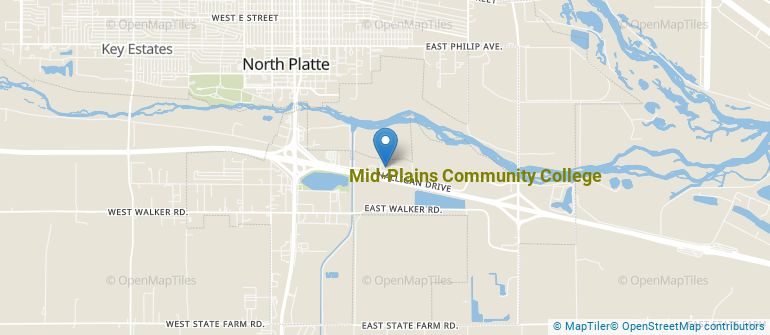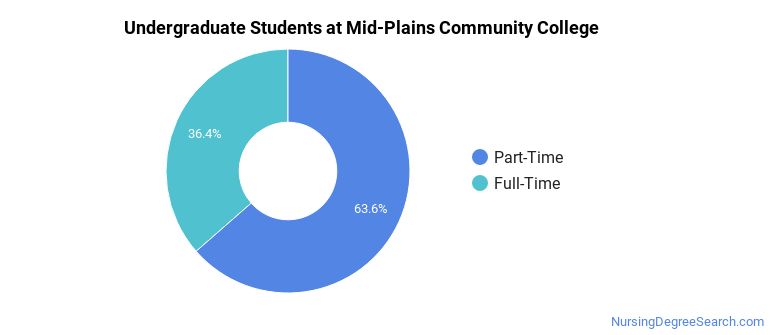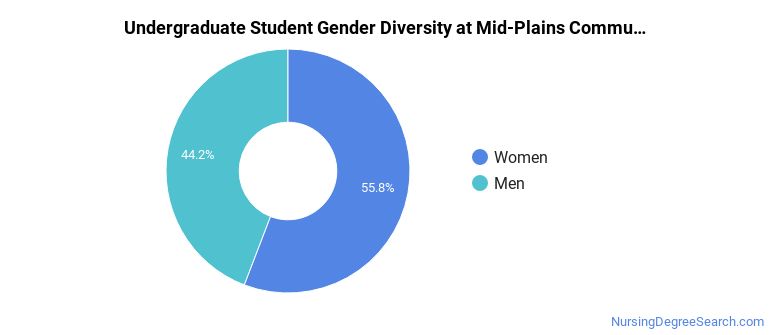Mid-Plains Community College Nursing Programs
Located in North Platte, Nebraska, Mid-Plains Community College is a public institution. The rural area surrounding the school is great for students who prefer living in a country setting.
Where Is Mid-Plains Community College?

Contact details for Mid-Plains Community College are given below.
| Contact Details | |
|---|---|
| Address: | 601 West State Farm Road, North Platte, NE 69101 |
| Phone: | 800-658-4308 |
| Website: | www.mpcc.edu |
How Do I Get Into Mid-Plains Community College?
You can apply to Mid-Plains Community College online at: https://campus.mpcc.edu/ICS/Admissions/Apply_Online.jnz
Can I Afford Mid-Plains Community College?
Student Loan Debt
Almost 66% of college students who graduated with the class of 2018 took out student loans, but that percentage varies from school to school. At Mid-Plains Community College, approximately 24% of students took out student loans averaging $4,922 a year. That adds up to $19,688 over four years for those students.
Mid-Plains Community College Undergraduate Student Diversity

Gender Diversity
Of the 756 full-time undergraduates at Mid-Plains Community College, 44% are male and 56% are female.

Racial-Ethnic Diversity
The racial-ethnic breakdown of Mid-Plains Community College students is as follows.

| Race/Ethnicity | Number of Grads |
|---|---|
| Asian | 8 |
| Black or African American | 23 |
| Hispanic or Latino | 93 |
| White | 570 |
| International Students | 36 |
| Other Races/Ethnicities | 26 |
Over 14 countries are represented at Mid-Plains Community College. The most popular countries sending students to the school are Canada, Australia, and Nigeria.
Mid-Plains Community College Nursing Concentrations
The table below shows the number of awards for each concentration.
| Major | Associate’s | Undergraduate Certificate | TOTAL |
|---|---|---|---|
| Registered Nursing | 20 | 0 | 20 |
| Licensed Practical/Vocational Nurse Training | 0 | 15 | 15 |
| TOTAL | 20 | 15 | 35 |
References
*The racial-ethnic minorities count is calculated by taking the total number of students and subtracting white students, international students, and students whose race/ethnicity was unknown. This number is then divided by the total number of students at the school to obtain the racial-ethnic minorities percentage.
More about our data sources and methodologies.
